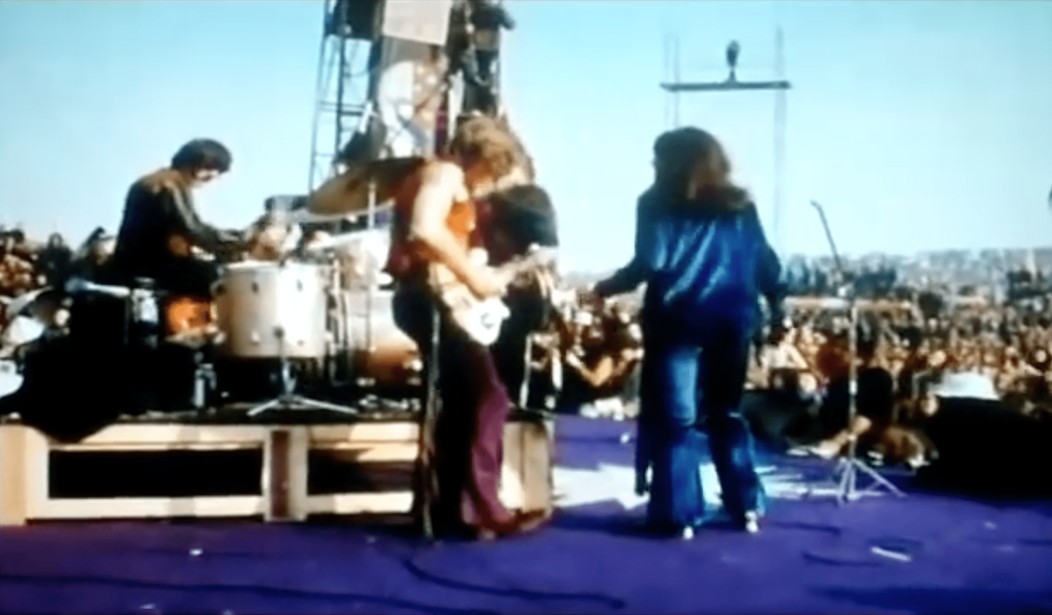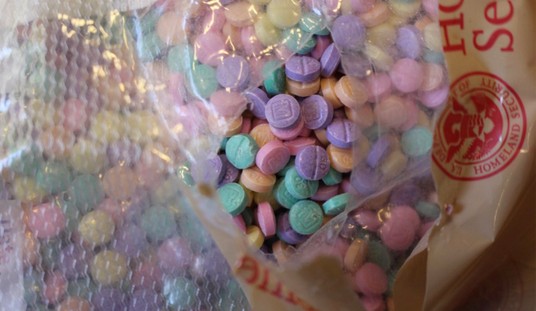If you’ve not seen the Maysles Brothers film about the ill-fated Rolling Stones concert at California’s Altamont Speedway in 1969, and have any interest in cultural milestones and rock music, you should.
Gimme Shelter (1970) got it right, capturing the juggernaut of the Stones’ final sixties tour, the frenzied venue-search for a concert being hyped as Woodstock West, and the vibe-challenged hopelessness of that day in the barren East Bay Hills.
I know Albert and David Maysles got it right because I was there.
During the week preceding the Saturday, December 6 concert, every sentient counter-cultural being in the Bay Area (and thousands more who would trek westward) was following the progress of the site negotiations with an eye toward attending. Why wouldn’t they? The ostensible line-up featured some of the era’s most celebrated bands—the Grateful Dead; Jefferson Airplane; Crosby, Stills, Nash, and Young; and Santana—in addition to what many believed was the greatest band in rock history. And the concert was going to be free.
It wasn’t until the Thursday before the show, after fruitless efforts to hold the concert first in Golden Gate Park and then at another speedway, that the Altamont location was announced. As an East Bay native, I knew the location well—a hardscrabble racetrack east of Tracy, 45 miles from my hometown of Oakland.
Around midnight on Friday, December 5, having heard that a mass exodus had commenced, a group of friends and I piled into someone’s sedan and rode out. After parking amidst the thousands of arriving vehicles, we made our way to the speedway gate, which was thronged and locked shut.
Airplane lead vocalist Grace Slick was famously quoted about her sense of foreboding that day, saying, “Something was very peculiar, not particularly bad, just real peculiar. It was that kind of hazy, unsure day.”
Slick got it right, but there was little evidence of that dreary peculiarity at the site the night before. Guitars were strummed, wine jugs shared, intimacies joined, and campfires lit on the hilltops, silhouetting hunkered forms passing joints in communal anticipation.
At daybreak, Slick’s bummer day began to unfold. The gate was flung open by speedway employees, sending hundreds of fans formerly pressed against chain-links into a headlong rush towards the hastily-erected stage. Running with the throng, I became separated from my friends, and saw several people fall during the stampede. When the sprint was over, I found myself about twenty yards out from what would prove in retrospect to be a dangerously low-slung stage. For the next several hours an estimated 300,000 people populated the track bowl and surrounding hillsides as far as the eye could see.
During Santana’s set, the vibe turned from crummy to Dante-esque downer. An obese woman had stripped naked, and kept trying to crawl up on the stage, only to be pushed back unceremoniously. Announcements about “bad acid” were made. People were climbing the sound towers, and had to be admonished down. A sense of unruly restlessness had set in. In a tableau Cormac McCarthy might have described as “a lost tribe convened in dormant hell,” the social contract lauded by cultural observers as so evident at Woodstock began to break down. There was no running water, no food, very few portable toilets, and seriously understaffed medical facilities.
I remember a surge in the crowd from my left, the first of many sickening surges that day, and I peered over the crush to see a file of Hell’s Angels advancing stage-ward in slow-ride spurts through the multitudes. Within the hour, surges began emanating back from the performance platform. Skirmishes had broken out between concertgoers down front and Angels conscripted by an offer of free beer and tasked with providing stage security.
The remaining daylight hours were ever-devolving, with periodic beat-downs. Mick Jagger, was popped in the jaw upon his arrival by a deranged individual backstage. Airplane vocalist Marty Balin was knocked unconscious by an Angel after leaving the stage to intervene in a fight.
The Maysles documentary evocatively captures these fragile moments with footage of blown soap bubbles drifting over a scene of descending promise.
At nightfall, I remember the cold wind blowing down the treeless canyons, dropping the temperature 20 degrees. Too much time elapsed in the unlit dark after the last California band; Stones bassist Bill Wyman had missed the helicopter to the site. Thinking that the worst was over and that the Stones would appear and save the day, I was able to work my way down closer to the stage.
I was eighteen years old.
The Stones finally appeared, subdued and trepidatious, nothing like the teen-scream Brian Jones iteration I’d seen at a sports arena in 1966, or the matured and flawless Mick Taylor line-up I’d see at Winterland in the group’s first post-Altamont tour in 1972. The sky had closed down like black cotton when the under-powered amplifiers blared into the abyss.
Numerous surges backwards, more violent than before, I was almost knocked off my feet. I couldn’t see exactly what was going on down front, but I did see an occasional pool cue rise and come down. Refugees from the madness were filtering out, boyfriends shepherding girlfriends back to safety, agitated hippies saying things like “They’re beating the shit out of people up there.”
An unsettled Jagger: “Why are we fighting?”
After the Stones began playing an enervated “Under My Thumb” came the most violent surge yet; there were screams unlike any teenybopper screams I’d heard in the handful of British Invasion concerts I’d attended. I couldn’t have known, and would not know until later that night: that was the moment that Meredith Hunter met his garish and brutal death.
This Wikipedia entry cuts to the chase: “Following his initial scuffle with the Angels as he tried to climb onstage, Hunter (as seen in concert footage wearing a bright lime-green suit) returned to the front of the crowd and drew a long-barreled .22 caliber revolver from his inside his jacket. Hell’s Angel Alan Passaro, seeing Hunter drawing the revolver, drew a knife from his belt and charged Hunter, parrying Hunter’s pistol with his left hand and stabbing him twice with his right hand, killing him.”
The Stones completed their flamed-out set, unaware of what had happened. Their last song was “Street Fighting Man.”
I never did find the friends I’d come to the concert with, finally opting to stick my thumb out and hitch a ride back to Oakland in the open bed of a pickup truck. I would get the lowdown once back in my apartment, listening to KSAN radio’s call-in postmortem. In addition to Hunter’s demise, three others had lost their lives that day. A couple in a sleeping bag fell victim to a hit-and-run, another person drowned in an irrigation canal while high on LSD. There were numerous injuries, car thefts, and much property damage.
The postmortems still resonate 50 years later. Blame has been parceled out roundly. For anyone interested in the full ramifications, troves of information are available. Cultural scribes divined great portent in the Altamont Free Concert. A common theme in the contemporary reportage and subsequent retrospectives was that the sixties, and/or the “hippie dream” died that day.
Though I had long hair and worshiped at the altar of rock, I never bought into the romantic narrative written by Rolling Stone Magazine and many others. I never believed in any hippie dream. Growing up working-class in the East Bay, I was inculcated early and often with a realist sense of what can be expected of humanity, both good and bad, mass or otherwise, on a given day.
What did take a hit, though not fatal, was my sense that the Gods of Rock were somehow inviolate when they came onstage. My experience at Altamont showed that chaos and destruction–as the song “Gimme Shelter” enshrined upon consciousness–was always “Just a shot away.”
Mark Ellis is the author of A Death on the Horizon, a novel of political upheaval and cultural intrigue. He came aboard at PJ Media in 2015. His literary hangout is Liberty Island. Follow Mark on Twitter.









Join the conversation as a VIP Member